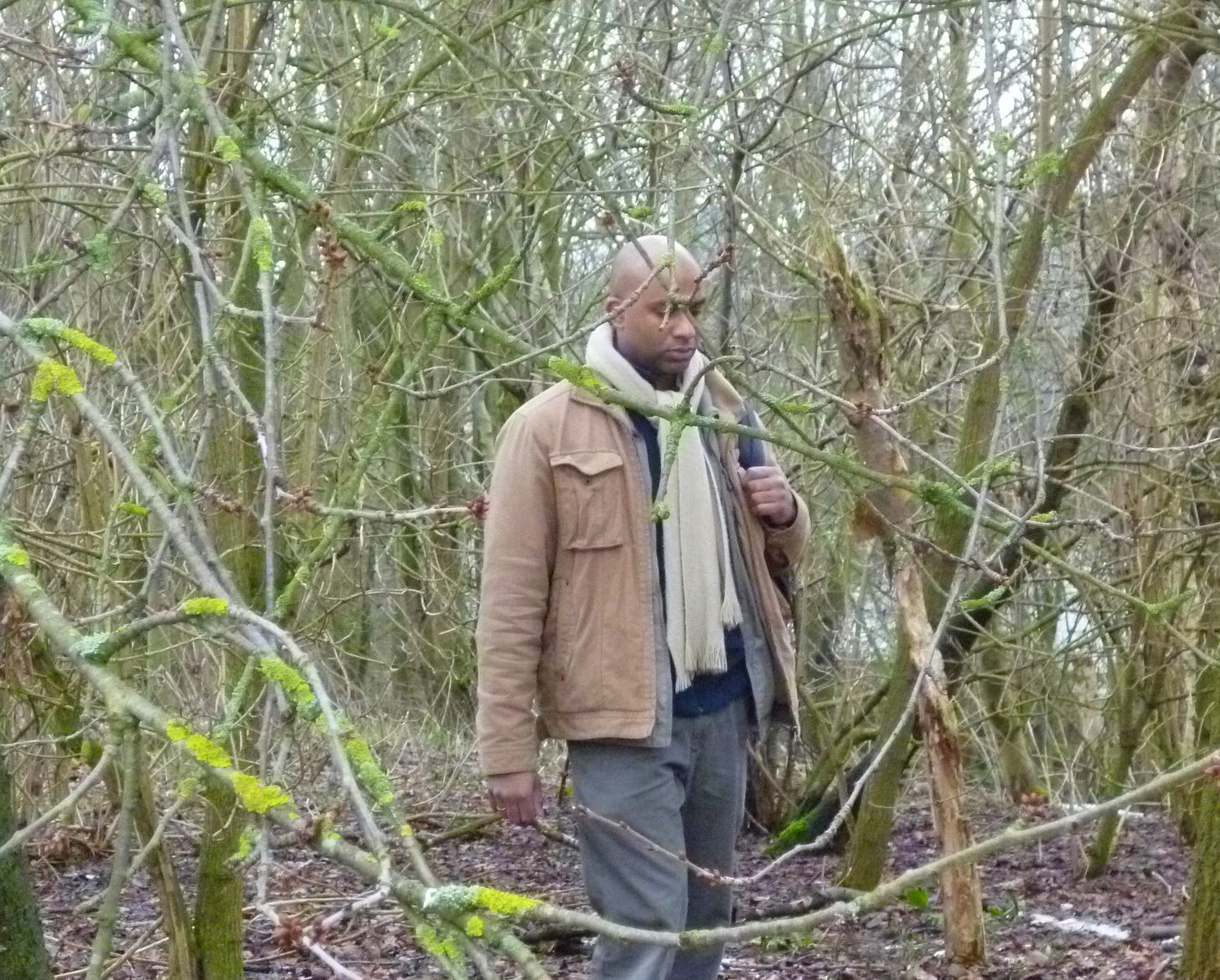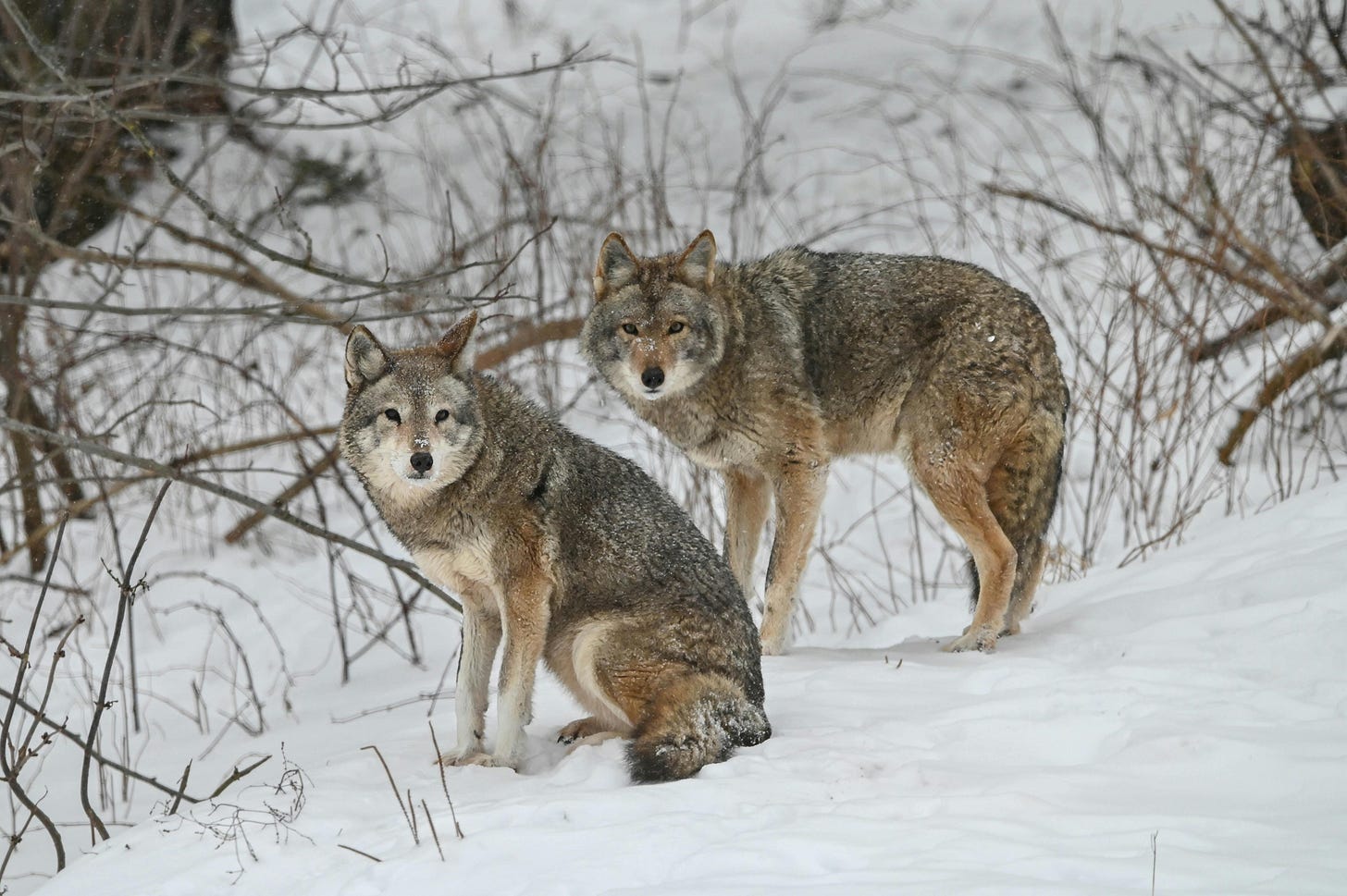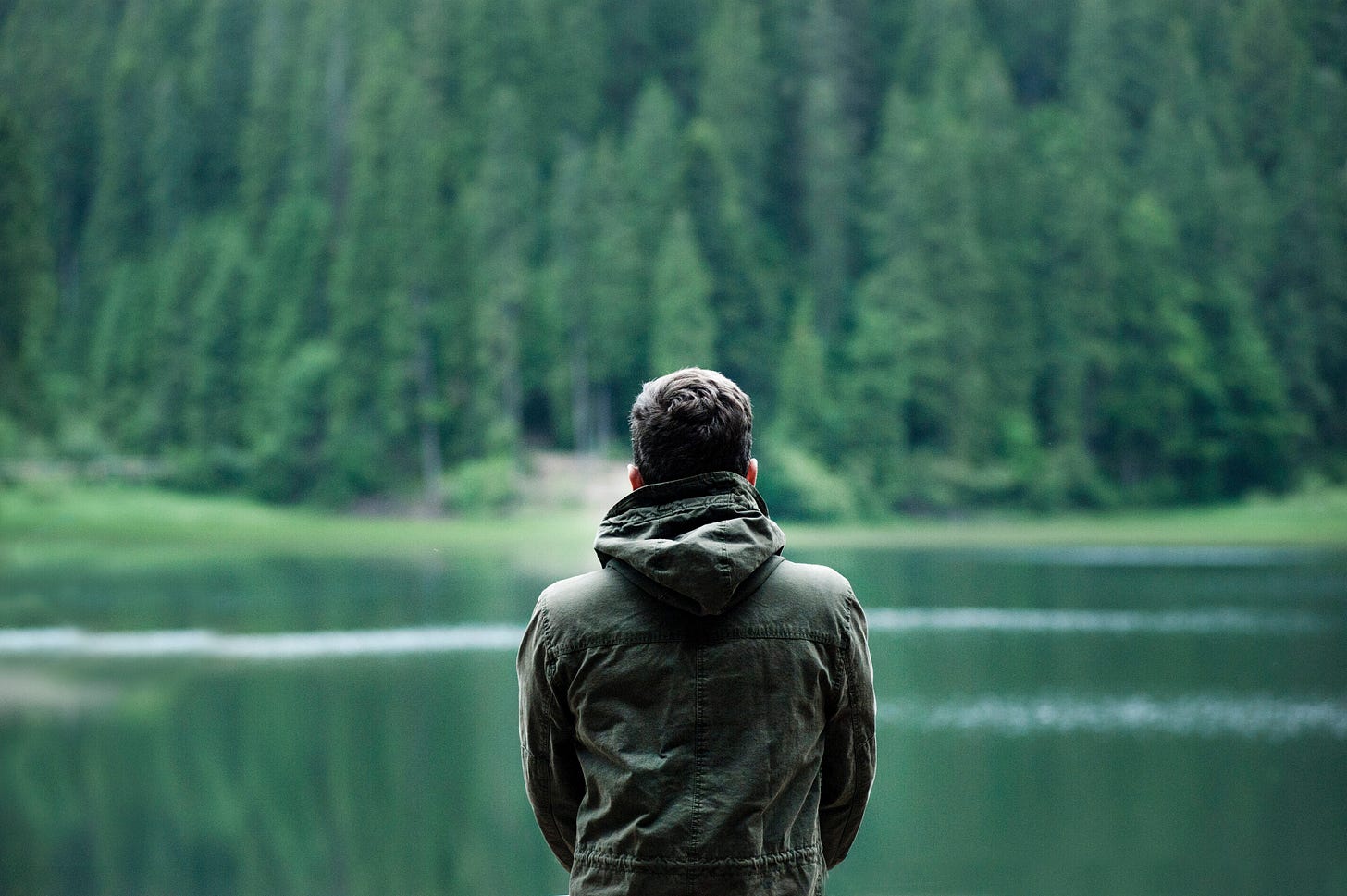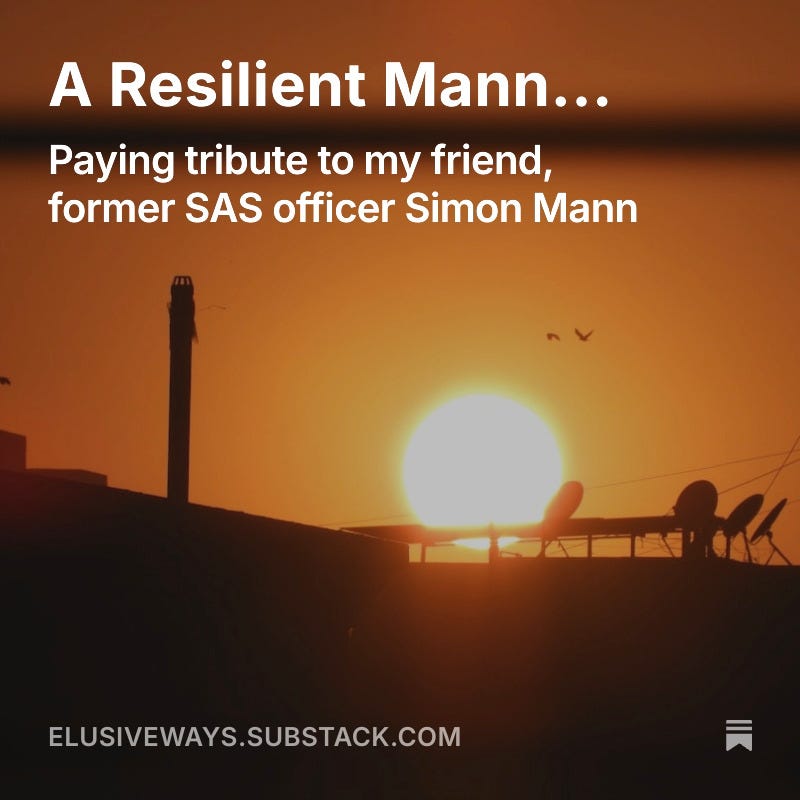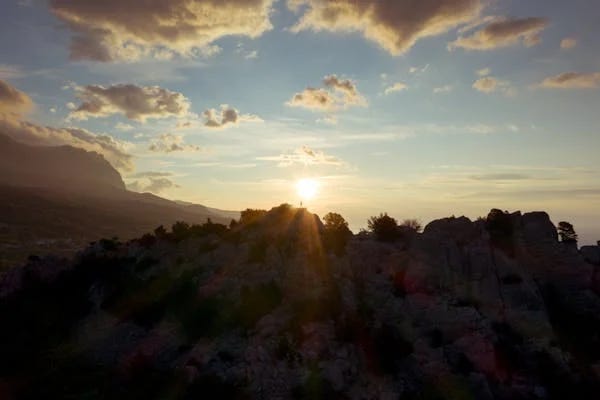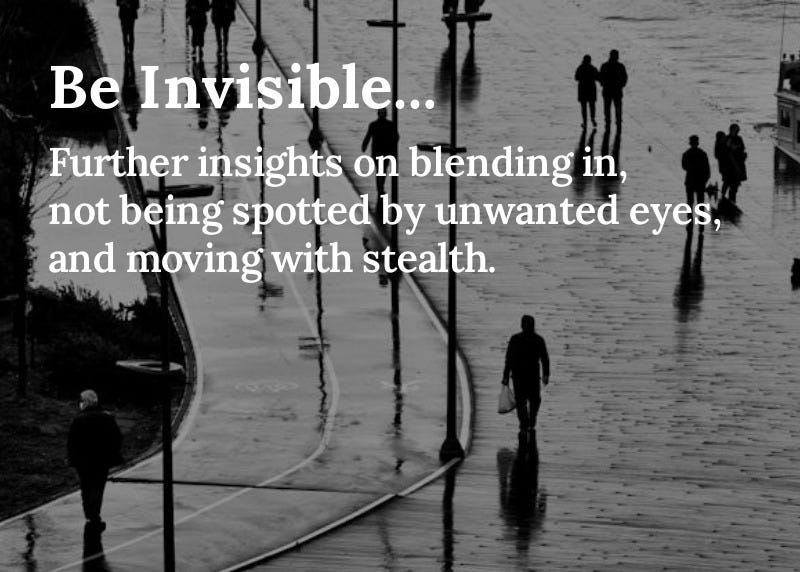The diverse range of topics covered in this online publication hopefully highlights the many different dimensions there are to personal safety. It's a subject that goes way beyond the typically discussed concerns of how to escape a grab or how to defend yourself in a dark alley, or which method is most effective.
Taking this further, I'd like to share more about the Tri-Tier approach, as more people become interested in it.
A morphing approach:
Tri-Tier is not a set system or style. Is there a methodology? Yes. Is there some structure? Sure, though it's one that thrives in freedom…
At this point, someone normally asks - so is it one of those approaches that just takes the best moves from different methods? Now, if I said yes to that, it would be simplistic, restrictive and somewhat inaccurate.
Different methods or rather, the techniques from various fighting systems, often run off different delivery processes. Like with computers, the software has to be compatible with the hardware. And again, this goes beyond physical tactics.
I'd liken Tri-Tier to an exploratory vehicle. It gives those who train in it, the chance to get a feel for potent tactical approaches to personal safety and the opportunity to experience an eclectic range of mind body and resilience practises.
The practitioner gets to see what's accessible to them and what's useful to them. Tri-Tier could also be described as a highly adaptable, intuitive morphing approach.
What I mean by this, is that the Tritierian aims to connect to a place of neutral calm...a place of centre. From this zero point, a specific system or an expression of a certain system can be accessed and applied, as needed.
For example, in one situation, a person may require a more stealth like form of training, to help them enter into a low profile, low vis state and to move about without attracting attention.
In another situation, maybe it's the calming energy of one of the internal arts that helps the person to simply diffuse an aggressive individual or deescalate a tense situation.
Then, there are those, hopefully rare, moments where one finds themselves in the badlands... where the threat to life serious and more primal survival skills are genuinely required. Here, one of the more direct close quarter methods may well be needed.
This could still be in the form of one of the free flowing systems, however, the expression is now adapted to the threat at hand.
For individuals who’ve been fortunate to not have been exposed to any type of violence or hostile actions, it may be hard to grasp that one would ever a physical ability to protect oneself.
Some may even be in denial about the readiness of others to use aggression without provocation.
Consider though situations, such as where a female traveller is targeted by an individual or gang for the sole purpose of sexually assaulting her.
Or, consider those cases where a criminal be they mugger or extremist, who are hell bent on causing grievous harm to those they’ve decided to target.
The use of direct self-protection tactics does not mean that one has to end up in a full scale melee. They can simply be used to disrupt or discombulate, so that one can possibly escape, call for help, or stall the attacker, or even deter further attempts to hurt them.
There will also be times when an art may be practised, not specifically because of what it offers, in terms of the direct engagement, but because of the attributes it enhances, in relation to a person's goals, or to help them better handle some other adversity, in their life.
Certain arts contribute something powerful in terms of vitality and energy cultivation, or they help the person to let go of accumulated tensions.
For me, it may be that a particular older warrior tradition or martial art, has some appeal because it helps one connect with the past and perceive something that can be brought into the present.
Other systems can present useful ways to develop concentration, or to keep the memory sharp. Some are also useful when one is working in certain operational fields and they need to be very alert, with rapid response capabilities and a dynamic tactical mind set.
More could be said about the validity of different systems but at this stage, I should point out the importance about being very selective- knowing what's helpful and practical.
You must also be ready to put down certain tools, or steer away from arts that simply weigh one down or distract us. Sometimes, one has to be clinically decisive about this.
There's much value in intelligent hybrid training, yet we must not be like the zealous person at the all you can eat buffet, at the holiday resort. Tri-Tier, therefore, has various filters in place. It also has some structure. This begins with three levels...
Three levels:
The three tiers are stillness, resilience and tactics. Any training system we may deploy, must bring something significant to these areas of focus.
Stillness, in it's more simplistic form, is about being calm, being able to relax..find some peace. It can also represent a deeper inner journey.
Resilience is about being able to keep going when faced with adversity; it's about our ability to maintain that sense of calm, under pressure.
It's also about being able to adapt and restore internal equilibrium when something hasn't quite gone to plan, or we have taken some hits or made some more decisions.
Many of the older traditions had practises to help warriors restore and heal after the horrors and traumatic intensity of conflict. Sometimes, you can see a direct link between the preparatory exercises and post confrontation practises…
The tactics tier is very much about personal safety- it begins with awareness. It covers many other areas, as well. Significant focus is still certainly put on direct street survival and more specialised tactics for security professionals.
Whilst avoidance is the more important part of personal safety; it's in the more physical aspects of training that one can also sharpen many useful attributes, including awareness, mobility, balance, timing, and how to flow.
The tactical tier also has strategies for handling other life based situations or adapting to unexpected challenges. This correlates with my work in the security and investigations field, where clients can approach with all manner of complex problems.
Each of the three tiers support and help refine skills, developed within the other two tiers. Resilience helps us to keep connected to inner stillness, when presented with those in your face challenges.
Stillness allows us to feel and tune into which tactics to deploy and to do so in an intuitive, free flowing manner. Moreover, a calm person is less likely to be reactive or antagonistic to those with a volatile temperament.
The close quarter training of the tactics tier, whilst we hope not to have to use it, is an interesting way to bolster resilience, decisiveness, mental agility and resourcefulness…
Aran
About the author
Based in London, Aran Dharmeratnam is the founder of Tri-Tier. He specialises in personal safety and training, often working with high-profile figures and their families. With experience in various areas of the security sector, Aran also works with global security companies involved in private investigations and strategic intelligence. He’s been deployed on the ground, in numerous cases. Aran’s insights have appeared in The Financial Times, The Spectator, Aviation Security International, and Security Management Today.
For consultations or training contact: office@tri-tier.com




